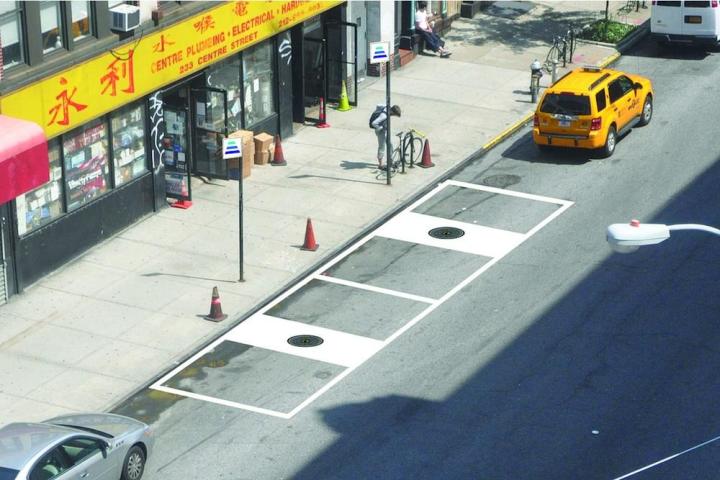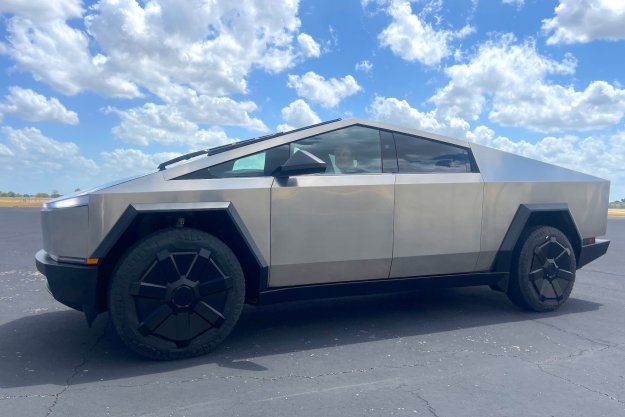
Hevo Power, a wireless charging solutions company, is planning to roll out resonance chargers embedded into the streets of New York disguised as manhole covers.
“I was walking down the street, pondering how wireless charging could be deployed,” Jeremy McCool, Hevo CEO and founder, told WIRED. “I was standing at 116th and Broadway, and I was looking down and saw a manhole cover. And thought, that’s the ticket. There are no cords, no hazards. Everything can be underneath the manhole cover.”

Although McCool sees companies like Pepsi and Walgreens utilizing his technology to wirelessly charge its electric delivery trucks during a delivery, Hevo will first deploy his chargers disguised as manhole covers in New York’s Washington Square Park in 2014 with a pair of Smart ForTwo EDs as test subjects.
Hevo’s system is a level two charger putting out 220 volts, transferring up to 10 kilowatts between the charger and the vehicle. McCool claims the system can put out more than 10 kW but for a small, slower vehicle, 10 is enough.

Why did Hevo opt for resonance charge instead of the inductive technology that other companies have employed for wireless charging? Resonance, unlike inductive, allows for a lower dissipation of energy. In resonance charging, coils in both the vehicle and the charger are connected to capacitors. These capacitors resonate at a specific frequency. This allows for a more efficient transfer of energy at a higher rate.
I’ve long imagined roadways of the future embedded with wireless chargers that feed energy to our cars as we drive over them. This, I reckon, is a better way to do it. Rather than the costly installation of a huge network of resonance or inductive chargers, we can simply park over the chargers. This, I fear, is why I am not an EV pioneer. Folks who want a closer look at what Hevo offers can get more info here on their website.


